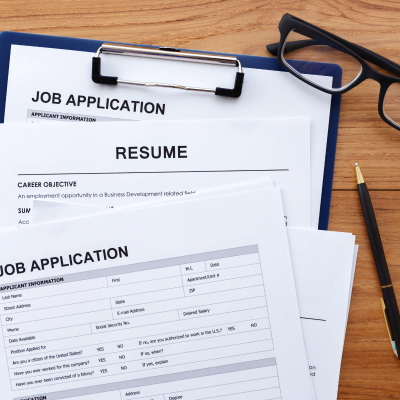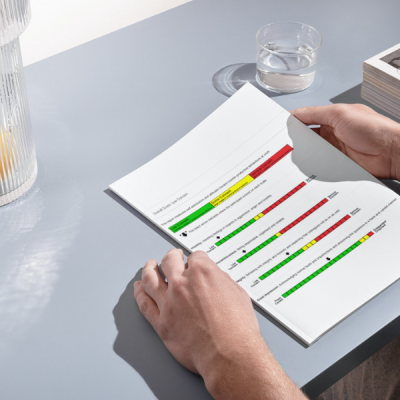10 Ways to reduce Bias in Recruitment and Selection
21 Sep 2021A vast body of research shows that the hiring process is often biased and sometimes unfair. Unconscious racism, ageism, and sexism regularly influences who gets hired. The common term used to describe this is Unconscious Bias. But what does it mean?
Unconscious Bias, also called Implicit Bias, means stereotypes or attitudes outside of our conscious awareness that affect our assumptions, understanding and decisions. It is innate behaviour that occurs automatically and without intention.
Creating barriers that hinder or exclude a set of people due to unconscious bias can have a huge impact on your company brand and it also creates confusion and frustration amongst job applicants. Factors influencing unconscious bias are race, ethnicity, gender identity, age, personal background, religion, (dis)ability, personal experiences and neurovariance (how people cope with understanding concepts and thinking).
In a multicultural, vibrant, and contemporary society like Australia, it is imperative that our workforce represents an inclusive and diversified culture. Specifically in the Care Sector, a large portion of the workforce is female from all walks of life and rich racial diversity.
So what are some specific unconscious biases that could influence our hiring decisions?
- In an interview setting, Conformity Bias can come into play when multiple people make up the interview panel and individuals might be swayed to conform to a common view of the group.
- We all hold Affinity Bias, where you unintentionally favour people who share similar traits or familiar and relatable.
- Gender Bias creates gender divide during recruitment processes. Conventional views of gender can affect the selection of some applicants. Also, it might be easier for us to relate more to our own gender. We might also carry biases against certain hairstyles, tattoos, and piercings, based on our personal experiences and preferences.
- Confirmation Bias is when we look for information that reinforces or aligns with preconceived notions about people and ignore information that goes against our preconceived views or opinions.
How can we make sure that we are aware of such biases and minimise them during recruitment and hiring?
- Engaging diverse perspectives at each stage of the recruitment process and use a diverse interview panel that reflects the diversity in your organisation.
- Creating job descriptions and recruitment criteria that focus on the core requirements, such as hard and soft skills, personality traits, values and knowledge essential for the job.
- Encouraging hiring managers/recruiters/panel members to have an insight into their own unconscious bias by completing the Harvard Implicit Association Test.
- Review resume evaluation and interview procedures and set up standardised benchmarks and interview questions for the job before the process begins.
- Utilising psychometric assessments on all applicants as an unbiased source of information that can be taken into consideration before decision making.
- Give a work sample test or skill test that mimics the kinds of tasks the candidate will be doing on the job. Interviews are not always the best indicator of performance.
- Not to appoint purely based on perceived cultural fit or gravitate towards people with whom you instantly click. Avoid the “like me” syndrome where you end up hiring a lot of people like you.
- Set diversity goals – they make the issue front and centre in organisations. Data can help you get buy-in from colleagues and stakeholders. At the end of every hiring period, leaders can track how they’re doing against the diversity goals they set out to achieve.
- An unconventional way could be to survey all shortlisted candidates to understand individual perceptions of the recruitment process.
- Questions to consider – where is our talent pool coming from? And who is getting promoted? Who’s leaving? Why are they leaving? Questions that lead to gathering company numbers on the source of hire and attrition. Run reports on applicants to determine trends in demographics associated with job postings. Collaborate to review the collected data so you can identify potential problems, gaps and trends.
Can we truly get rid of our biases?
No matter how objective we try to be, each of us has some sort of unconscious bias. Let us acknowledge this fact, make an effort to understand our biases, and put in the internal efforts to overcome them. There are some great initiatives from companies that try to build more inclusive work environments globally. But all these efforts don’t guarantee that we’ll become completely unbiased. It exists even if we’re genuinely pursuing more diversity in our hiring process. It would be very difficult to completely detach from our unconscious bias, however we’ll be more conscious of it when it does happen.





